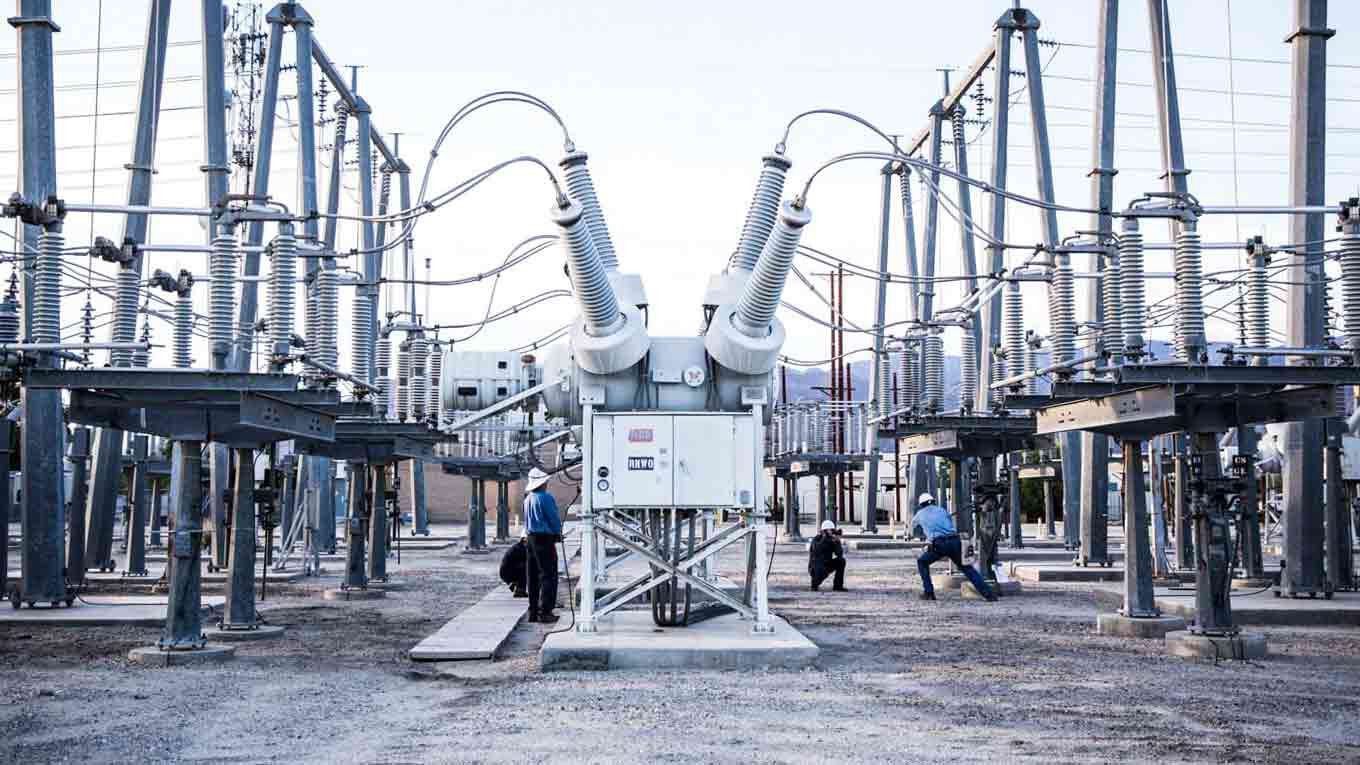What is ATPV, and how is it used in your hazard assessment?

What is ATPV, and how is it used in your hazard assessment?
Put simply, ATPV—Arc Thermal Performance Value—is the most commonly reported test result of the effectiveness of FR clothing. It measures the amount of incident energy that your FR garment can protect you from before the onset of a 2nd degree burn. And the FR garments in your safety program must meet or exceed the Incident Energy required based on your hazard assessment. But it’s a bit more complicated than that.
To better understand ATPV, let’s start with an overview of two main concepts: The Stoll Curve and Arc Ratings.
The Stoll Curve
The Stoll Curve is the predictive model used to measure the probability of burn injury. It quantifies the heat levels and exposure times that result in a second-degree burn, including high temperature exposure for a short time and low temperature exposure for a much longer duration.
Arc Rating
An arc rating is the protection level afforded by an FR fabric when exposed to an electric arc. The arc rating of a fabric is determined by exposing the fabric to a staged electrical arc. In real life, arc behavior can be unpredictable, so the testing requires samples be exposed to a “controlled” arc utilizing the ASTM 1959 standard.
ATPV
That brings us to ATPV (Arc Thermal Performance Value), which is a type of arc rating. The ATPV of an FR garment indicates that you have a 50% chance of the onset of a 2nd degree burn if exposed to an electric arc with the same calories of incident energy. The fabric will usually not break open unless exposed to incident energy levels higher than the arc rating.
So why is ATPV important? Think about it this way:
Let’s go back to what ATPV measures:
The amount of incident energy that your FR garment can protect you from before the onset of a 2nd degree burn.
Why is that important?
• By definition, second-degree burns cause a blistering, blisters can break the skin (that’s why the test is designed around 2nd degree burns).
•One of the pathways to infection is broken skin.
• One of the causes of death in burn victims is infection.
When you think about it that way, matching the ATPV of the FR garments in your safety program to the value required by your hazard assessment is not just a matter of meeting the standards. For your guys, it can be the only thing that stands between them and a potentially life-threatening burn hazard.
To learn more about ATPV and Arc Ratings,download our whitepaper: Understanding Arc Ratings